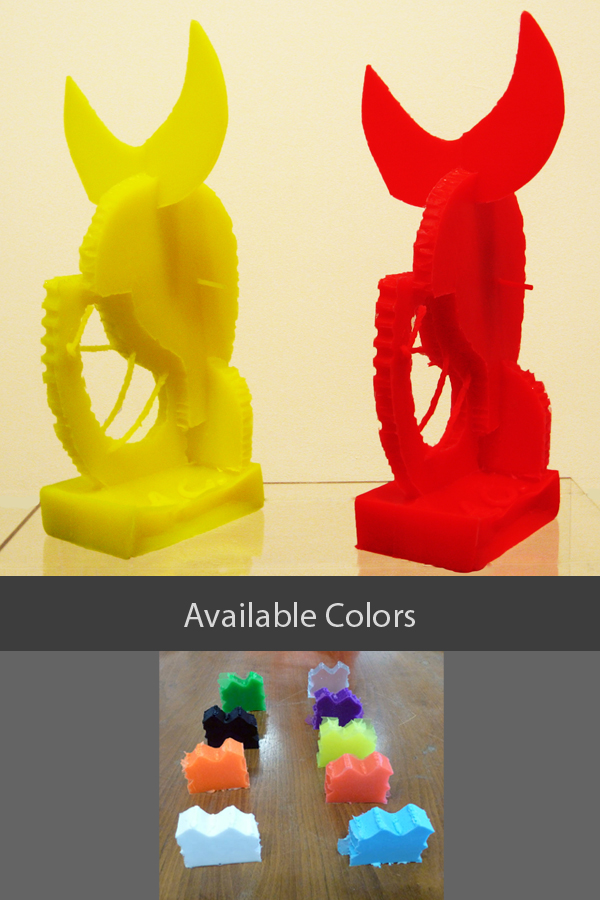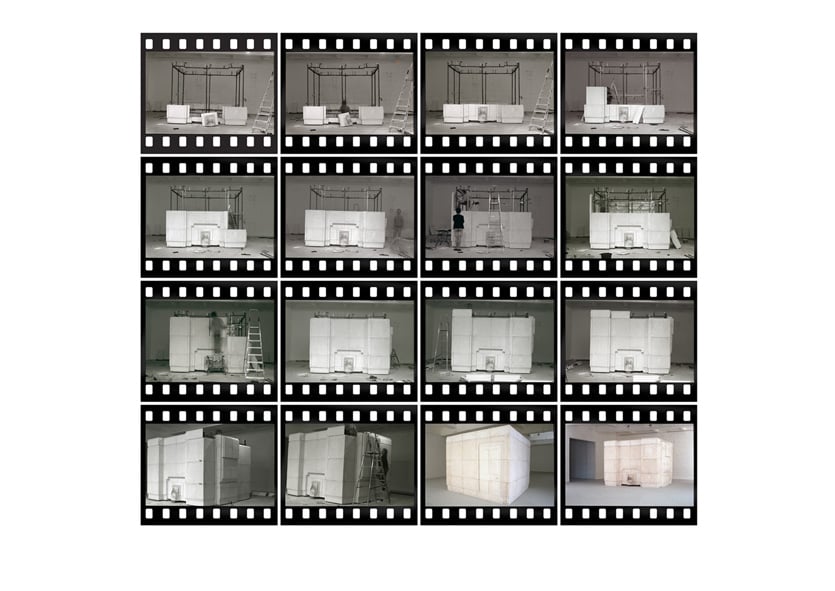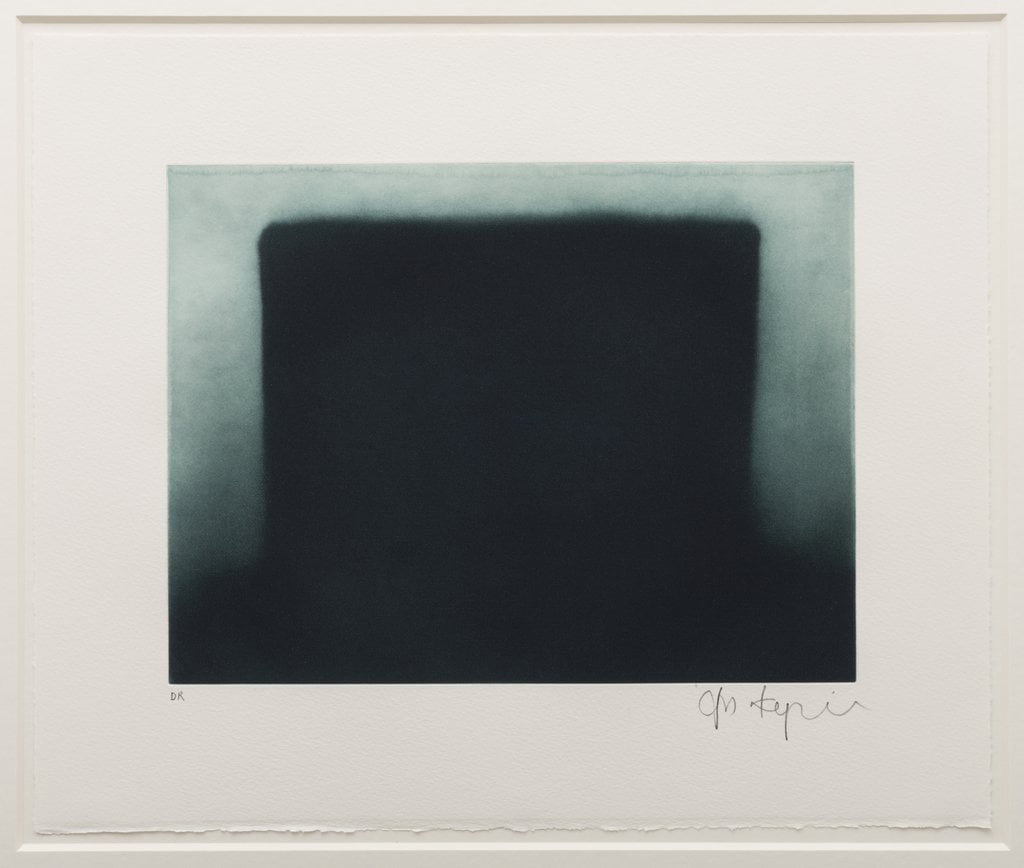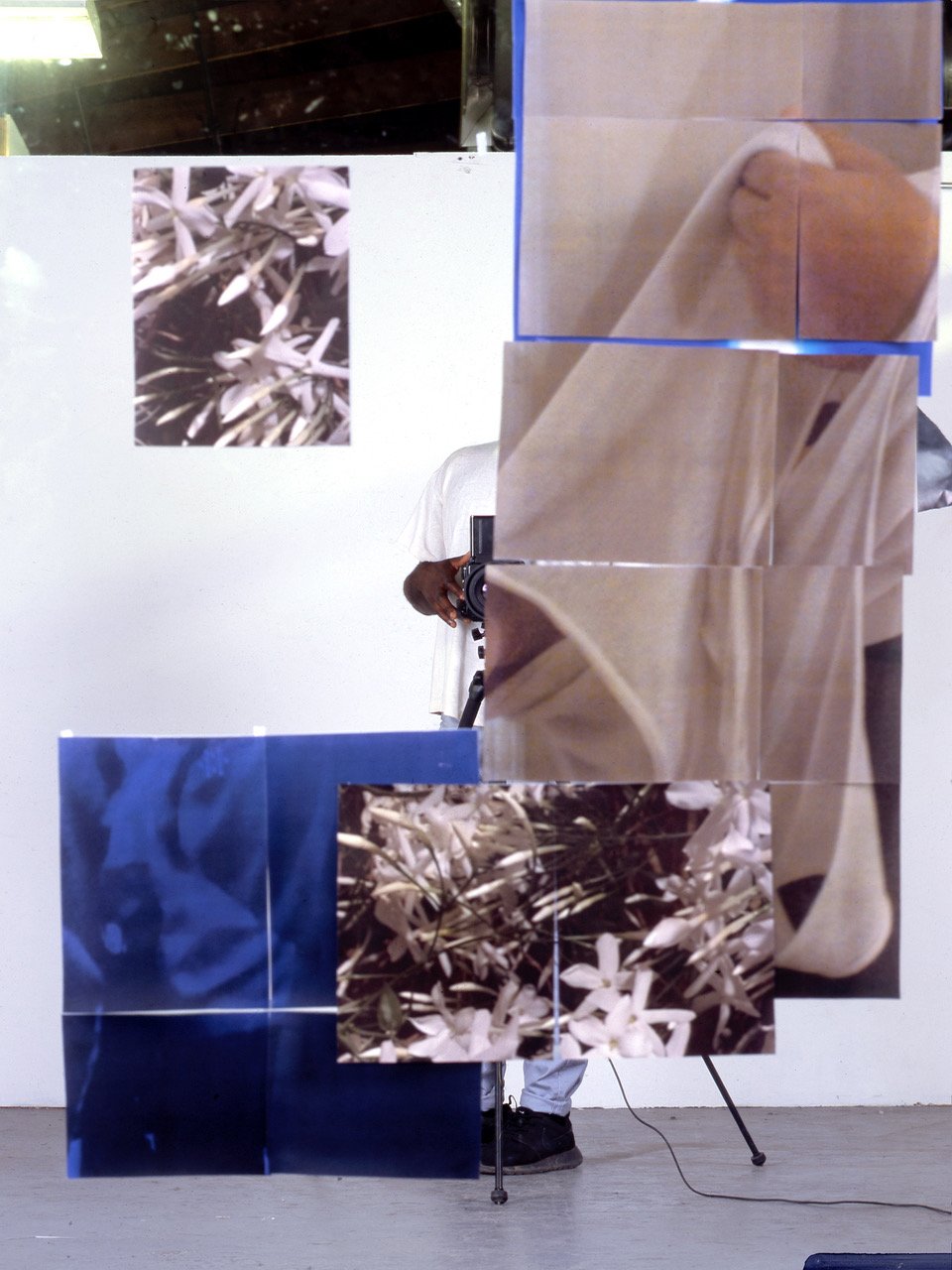Pat Hearn and Colin de Land/ CCS Bard Benefit Editions
 In Summer 2018, the Hessel Museum of Art at Bard College will present The Conditions of Being Art: American Fine Arts, Co. & Pat Hearn Gallery (1983-2004), a major exhibition and publication examining the legacies of legendary art dealers Colin de Land and Pat Hearn. The archives of their respective galleries were acquired by the Center for Curatorial Studies, Bard College (CCS Bard) in 2012 and has been a focus of research for the graduate program, investigating the artwork, events, and public and private programs produced by these galleries that were a vital part of the 1990s in New York. Working with artists who were associated with de Land’s American Fine Arts, Co. and Pat Hearn Gallery, CCS Bard and Art+Culture Projects have partnered to present specially commissioned limited editions to support this major exhibition.
In Summer 2018, the Hessel Museum of Art at Bard College will present The Conditions of Being Art: American Fine Arts, Co. & Pat Hearn Gallery (1983-2004), a major exhibition and publication examining the legacies of legendary art dealers Colin de Land and Pat Hearn. The archives of their respective galleries were acquired by the Center for Curatorial Studies, Bard College (CCS Bard) in 2012 and has been a focus of research for the graduate program, investigating the artwork, events, and public and private programs produced by these galleries that were a vital part of the 1990s in New York. Working with artists who were associated with de Land’s American Fine Arts, Co. and Pat Hearn Gallery, CCS Bard and Art+Culture Projects have partnered to present specially commissioned limited editions to support this major exhibition.
Artworks include:
*George Condo, Droopy Dog Abstraction, 2017 (image), edition of 75, silkscreen on archival paper, 18 x 16 in SOLD OUT
Moyra Davey, Colin’s Math, 1996/2017, edition of 30, C-print, 16 x 20 in
Mark Dion, Paris Disneyland (for Colin de Land), 2017, edition of 30, two color photogravure, 10 13/16 x 8 1/8 in
Jeff Elrod, Ambient Fiction, 2017, edition of 75, inkjet print on archival paper, 21 1/8 x 30 in
Mary Heilmann, Wedding Day, 2017, edition of 30, pigment print on Hahnemuhle Photo Rag Pearl 320gsm paper, 20 x 16 in
*Jacqueline Humphries, Untitled, 2017, edition of 30, three color silkscreen, 22 x 24 3/4 in
*Jutta Koether, JXXXA (2017/Edition) , 2017, edition of 30, four color silkscreen on paper, 15 3/4 x 19 9/10 in
Mariko Mori, Mini Play With Me, 1994/2017, edition of 30, C-print mounted on museum box with UV plexi, 11 x 14 in
Philip Taaffe, Aurora Borealis, 2017, edition of 30, screenprint after linocut, oil pigment on paper, 10 1/2 x 30 in
Philip Taaffe, Siamese Leaves, 2017, edition of 30, relief print, oil pigment on paper, 29 x 18 in
John Waters, Colin and Pat, 2017, edition of 30, C-print, 30 x 22 in
Numbers 1-15 from each edition will be sold as a collection including all 11 editions; the remainder will be available to purchase individually.
This portfolio is available at Art + Culture Projects
Please allow 4-6 weeks for delivery. The portfolio is limited to one per person.
By purchasing this collection of prints you agree that they are for your private use only. They will not be listed for sale on any website nor exhibited at any gallery or art fair. Any resale of the editions must go through Art+Culture Projects, unless otherwise agreed in writing.
*Images for these editions are for reference only until we have a professional photograph of the finished print. The colors in the finished edition will look slightly different due to the silkscreen process.
George Condo / Droopy Dog Abstraction
George Condo’s contribution to this collection of prints is a silkscreen based upon a painting that has never been exhibited before. The iconography speaks for itself: part pseudo-man, part sleepy (or drunk) dog, dressed for an obligatory formal dinner or to have his commissioned portrait painted.
Jeff Elrod / Ambient Fiction
Jeff Elrod is an abstract painter known for his work with both analog and digital processes to create abstract visual planes and compositions. With Ambient Fiction, the viewer continuously seeks to locate focal points and other spatial indicators, but without an overtly indicated composition or mark of the hand of the artist, the work alludes to the paradoxes of the visual.
Jutta Koether / JXXXA (2017/Edition)
No place setting has a more classical reference than an arrangement of fruit on a table, yet Jutta Koether – as we’ve excitedly come to expect – has produced an acute and perverse challenge to the traditional reading of still life and tableau. Consider the variety of interactions between colors and references of brushstrokes, the almost architectural, designed lines of dark red and simultaneous suggestion of both a deep and wide visual space and a nearly homogenous and monochromatic material surface at play in this silkscreen print.
Mary Heilmann / Wedding Day
Mary Heilmann’s decades-long career has alluded to the marriage of painting with other traditions and discourses of applied color, but one would be hard pressed to think of a precedent in her practice that would prepare us for a work that includes photographic material as Wedding Day does. Utilizing a photograph of Pat Hearn and Colin de Land’s 1999 civil ceremony, Wedding Day not only describes the marriage of dealers Pat Hearn and Colin de Land, but also the wide range of artistic methods the two championed.
Mark Dion / Paris Disneyland (for Colin de Land)
Mark Dion’s two-color photogravure, Paris Disneyland (for Colin de Land), is based on a drawing that Mark faxed to Colin de Land while installing an exhibition in Paris. It’s reported that Colin often referred to the drawing as one of his favorite works by Mark. It’s easy to understand why; not only funny, the work is a cruel duel of two representative “greatest hits” of export for both the United States and France: Mickey Mouse and the guillotine.
Jacqueline Humphries / Untitled
Jacqueline Humphries is a master painter, and no technique or combination of techniques, is safe from her steady utilization. In the past, major bodies of her work have employed heavy usage of reflective silver paint, while other paintings utilizing fluorescent pigments have been exhibited illuminated entirely by black light (as they were created in the studio.) With this silkscreen, Humphries references the syntax of painting with a wide, rigid support within which paint or gesso partially prepares a surface – and leaves portions notably vacant. A small face – slightly sinister, but with the emoji-cuteness we’ve become accustomed to – sits atop and begs for our attention.
John Waters / Colin and Pat
John Waters’ Return to Sender series documents a poignant administration of loss. It’s not really the case that one has moved, or perhaps, moved on, until there is no longer an address to which mail can be forwarded. This c-print, titled Colin and Pat, renders little kindness or solace – the post office rarely offers that up – but as with any administered postal return that leaves us wishing for something a little less bureaucratic, it can be fruitful to recall the original impetus for the correspondence.
Moyra Davey / Colin’s Math
Moyra Davey’s contribution, Colin’s Math, integrates three distinct visual items, one of which is a handwritten tally of who-owes-what after a shared dinner with the initials above each column noting who-had-what. Davey’s practice – both her still photography and video, as well as innumerable written works – usually make us reconsider the moments (and their documentation) that we rarely second guess, or think are worth committing to memory.
Philip Taaffe / Aurora Borealis / Siamese Leaves
How do we reference one of the world’s most spectacular, rarely seen and sublime experiences, the Aurora Borealis, using what amounts to miniaturized printmakers’ tools? Philip Taaffe’s distinct marks of the gouge and sharp patterned graphic shapes gives the viewer a taste of the spatial imaginary and the locus where one can imagine the extraordinary, all the while calling upon the limits of the imaginary when confronting a totalizing experience.
Philip Taaffe’s Siamese Leaves does little to hide the way in which the print was created. Spots of dried ink limit the contact of the paper with the matrix producing areas where ink was not picked up, and where one would expect to find negative space, we see generous markings from the print block itself. As much as Siamese Leaves might seem to be about the temporary and tangential joining of two leaves, we’re left to wonder if what we’re really seeing is evidence of the temporary pressured joining of the woodblock and the paper whereby the relief print has been produced.
Mariko Mori / Mini Play With Me
Mariko Mori’s contribution utilizes a c-print Play with Me, 1994, that she mounted to a museum box and gifted to Colin de Land. In the image, Mariko is dressed in plastic form-fitting armor with long turquoise tresses standing beside a videogame machine outside a busy Tokyo electronics store. She appears as a cyborg or manga comics character, spontaneously transported from the screen to the busy street. The work is an affectionate nod to her native Japan and to her former gallerist and art dealer, Colin de Land.







